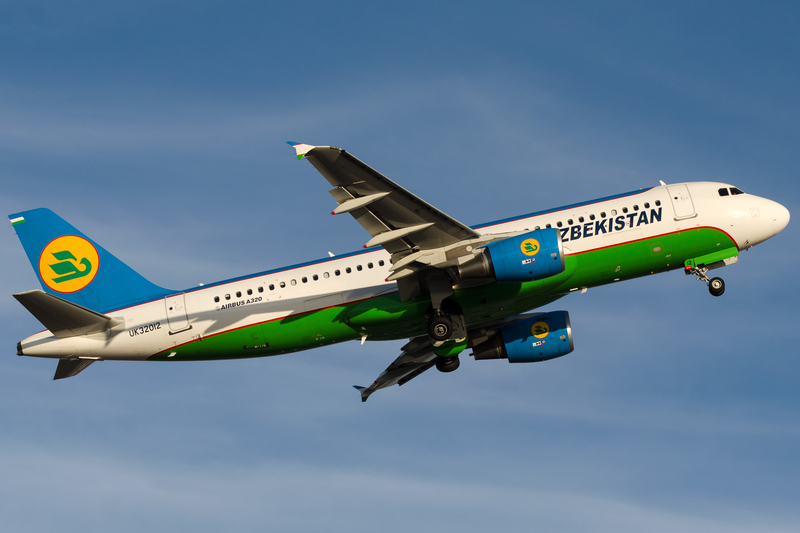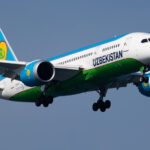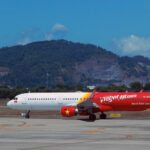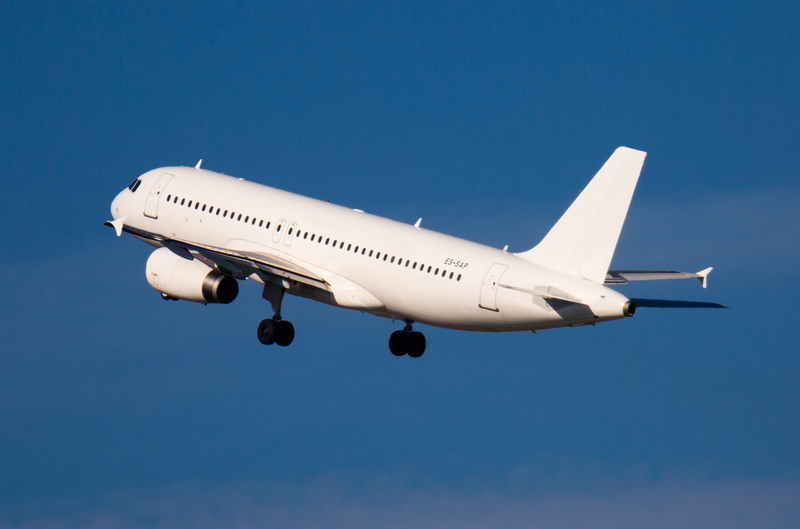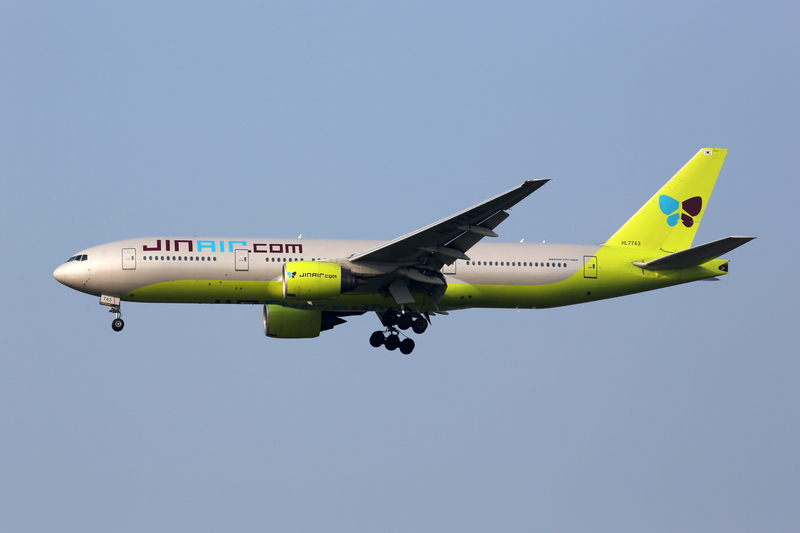Uzbekistan Airways Lines Up Six More A321neos Through New Chinese Leasing Deals
Uzbekistan Airways is continuing its steady fleet modernization push, this time by tapping Chinese lessors for additional narrowbody lift. The flag carrier has signed two letters of intent that will bring six more Airbus A321neo aircraft into its fleet, reinforcing the airline’s plan to grow capacity efficiently across its regional and long-haul network.
Six A321neos secured via CALC and ICBC Financial Leasing
The airline has reached preliminary agreements with two Chinese aircraft leasing companies—CALC and ICBC Financial Leasing—to add six Airbus A321-200neo jets. While the deals are still framed as letters of intent, they mark a clear next step in the carrier’s expansion strategy and deepen its cooperation with global lessors.
These new aircraft will complement Uzbekistan Airways’ existing A321neo pipeline. The airline already has a firm dry-lease agreement in place with CALC for two A321neos, which are expected to arrive around the middle of next year. Another two A321neos are scheduled to follow in 2026 through a separate lease arrangement with SMBC Aviation Capital. Taken together, these commitments show a coordinated multi-year plan rather than an isolated add-on.
What a dry lease means for Uzbekistan Airways
All six aircraft will be brought in under dry-lease agreements. In practice, that means the lessors provide the planes, while Uzbekistan Airways takes full responsibility for day-to-day operations—supplying its own crews, maintenance programs, and insurance coverage. Dry leasing is a common route for airlines that want to scale quickly without waiting for factory slots, while still keeping operational control fully in-house.
For Uzbekistan Airways, this approach allows the airline to standardize capacity growth around aircraft it already knows well, while avoiding the complexity of wet-lease operations that include external crews and service standards.
Cabin upgrades and onboard product
The incoming A321neos are expected to feature Airbus’ Airspace Premium cabin concept, which generally implies a more modern interior layout, updated lighting, and larger overhead bins. Uzbekistan Airways also plans to equip the jets with contemporary in-flight entertainment and onboard internet connectivity, aligning these narrowbodies more closely with passenger expectations on longer regional routes and higher-demand international flights.
In terms of layout, the aircraft are slated for a two-class configuration seating 172 passengers, including 16 business class seats and 156 economy seats. That balance suggests the airline intends to deploy these aircraft on routes with a meaningful premium-leisure or business component, not just pure high-density sectors.
How the A321neo fits into the broader fleet plan
Uzbekistan Airways operates a mixed fleet centered on Airbus narrowbodies and Boeing widebodies, with the A320neo and A321neo families increasingly becoming the backbone of its short- and medium-haul flying. Adding more A321neos gives the airline a fuel-efficient, longer-range workhorse that can cover thick regional routes, high-growth leisure markets, and longer missions where an A320 might be capacity- or range-limited.
The airline has also outlined additional growth beyond these six jets, with plans that include more A321neos and a significant expansion of its Boeing 787 operation. That mix points to a dual-track strategy: right-sizing capacity on regional routes using efficient narrowbodies, while building long-haul reach with next-generation widebodies.
Bottom Line
Uzbekistan Airways is set to add six more Airbus A321neos through new leasing agreements with CALC and ICBC Financial Leasing. Delivered under dry-lease terms and fitted with modern Airspace interiors, these aircraft will support the airline’s near-term growth while keeping operating costs and cabin standards moving in the right direction. With several A321neo deliveries already lined up from multiple lessors, this latest set of deals fits neatly into a broader, multi-year fleet renewal plan that’s steadily reshaping the airline’s future.
